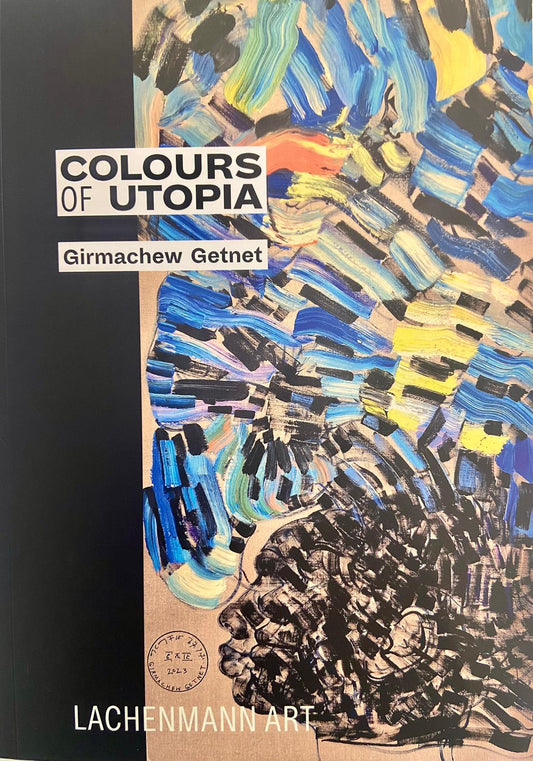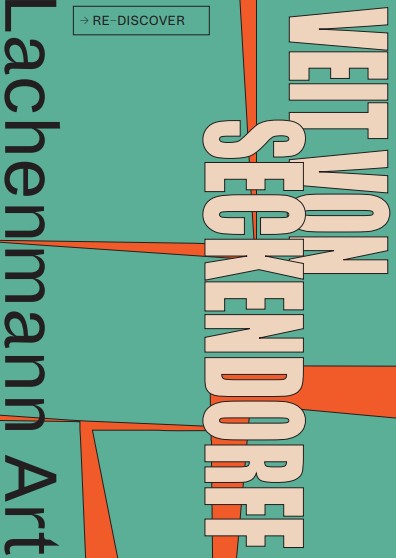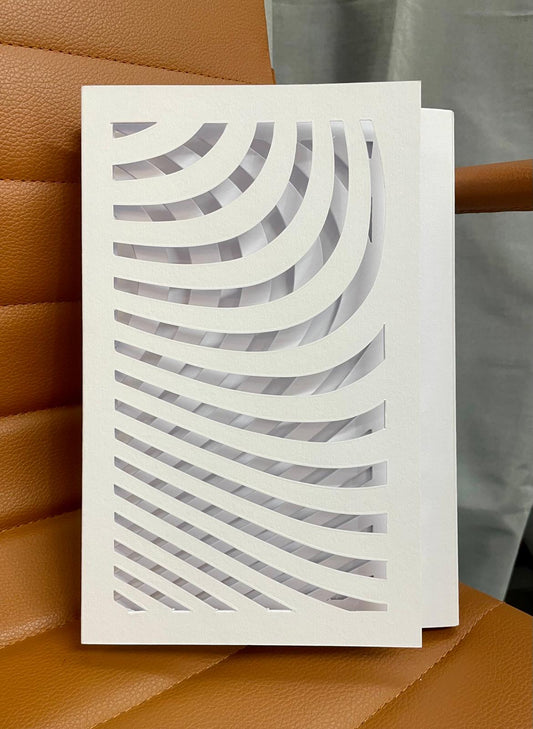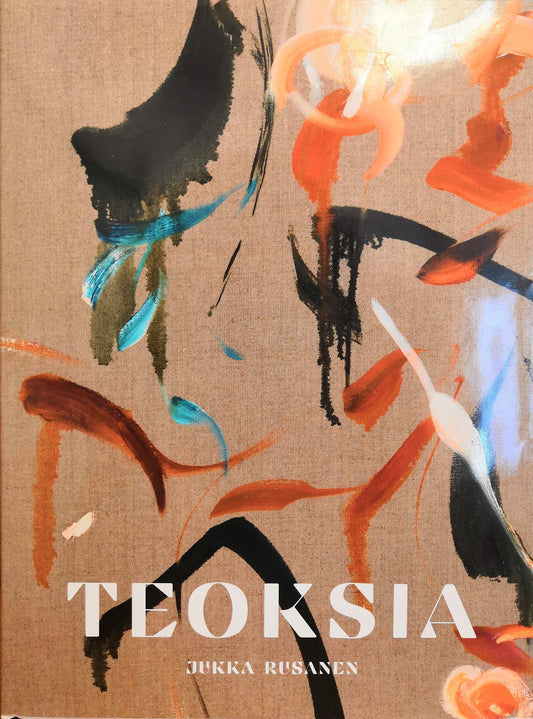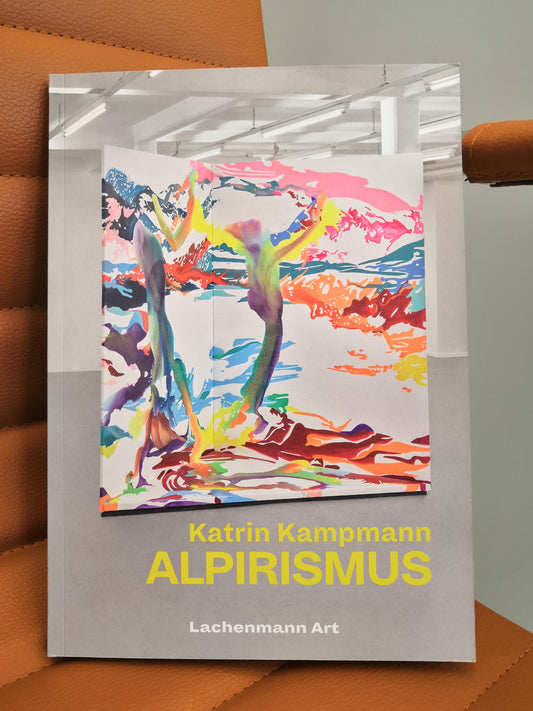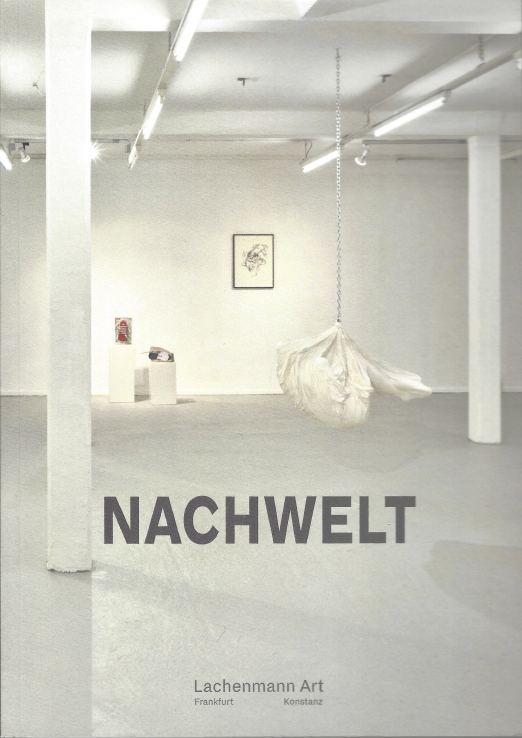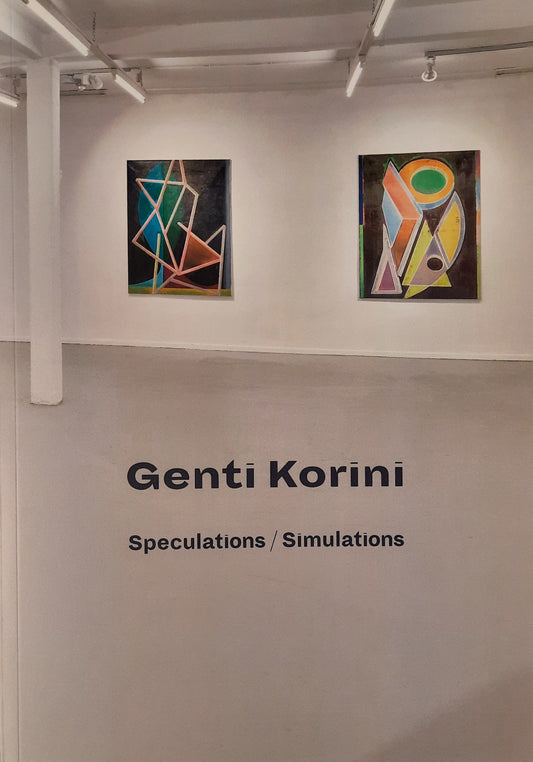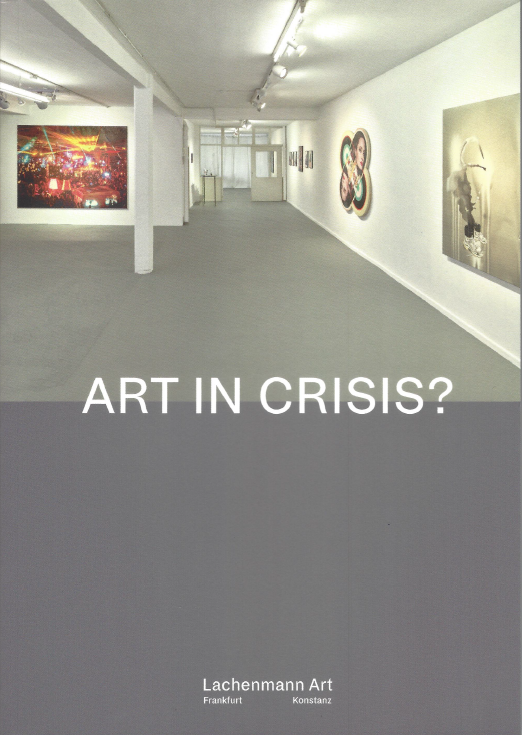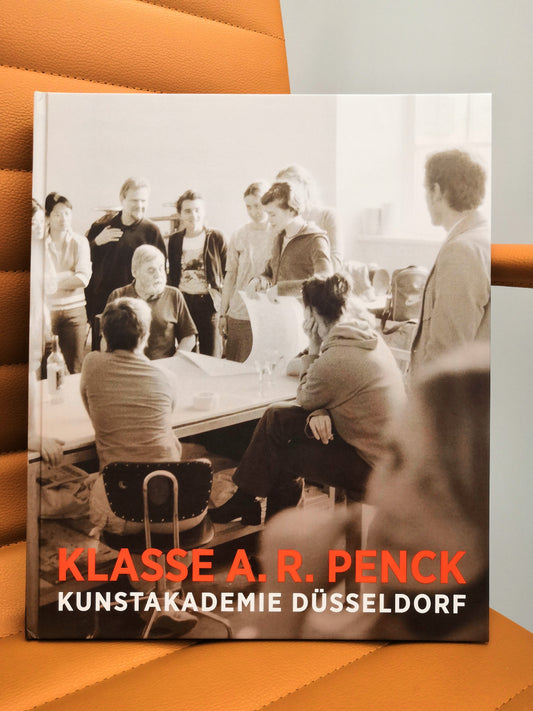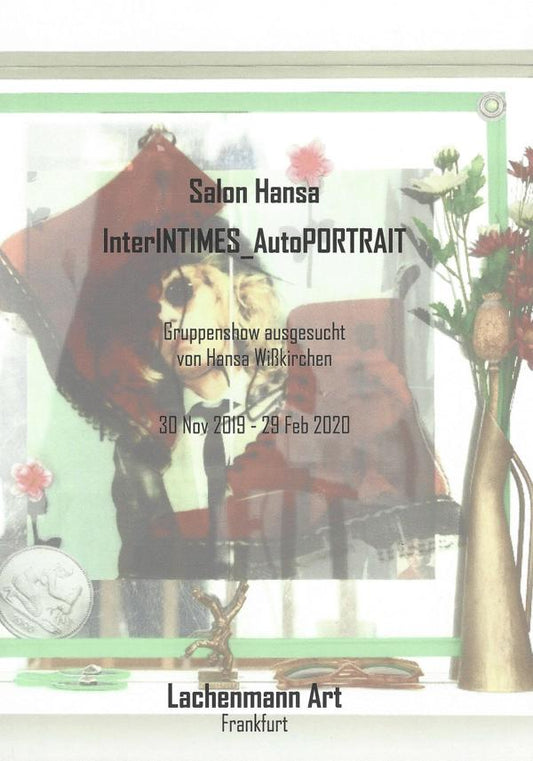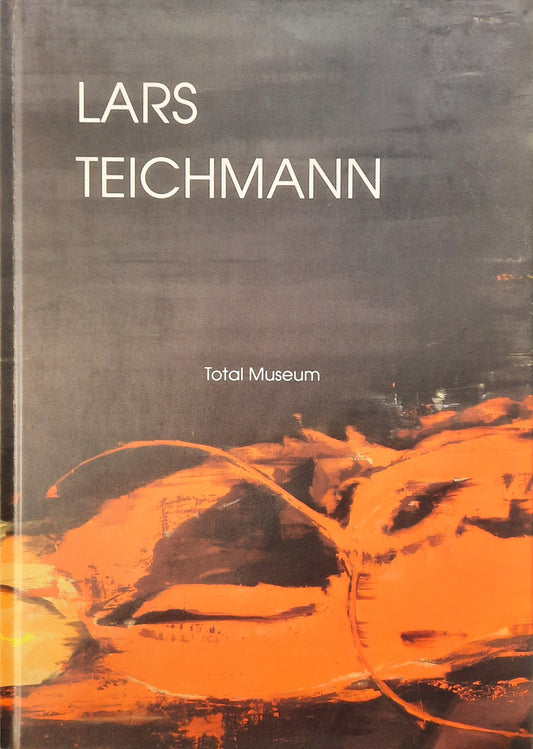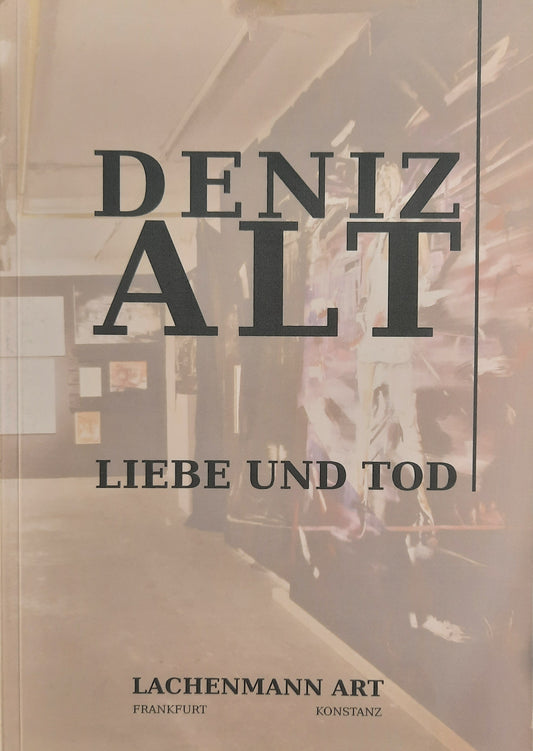›Comfy with Sonic Speed‹ 01/07/2022—16/09/2022
›Comfy with Sonic Speed‹ 01/07/2022—16/09/2022
- Deniz Alt
- Tilo Baumg ärtel
- Patrick Cierpka
- Nicola Grabiele
- Lennart Gray
- Alexander Iskin
- Marc Jung
- Katrin Kampmann
- Franziska Klotz
- Florian Lechner
- David Lehmann
- Justine Otto
- Jirka Pfahl
- Angelika Platen
- Romans + Romans
- Sandra Schlipkoeter
- Anna Tatarczyk
- Lars Teichmann
- Miriam Vlaming
- Danil Yordanov
Frankfurt 01/07/2022—16/09/2022
In the group exhibition ›Comfy with Sonic Speed‹, the Lachenmann Art gallery presents a fantastic selection of 20 strong artistic positions. The dynamic exhibition title comes from the tension in the participants' lives, which lies between "comfy" and "sonic speed".
What drives those artists whose visual creations we encounter and observe directly in the gallery space without withdrawing and thus always revealing something? What inner motives lead to the creation of these very works that we describe as characteristic works of this artist?
The comfort zone in which artists pause, withdraw and create new ideas is in direct contrast to the turbulent life of an artist. Comparable to the momentum of the speed of sound, the creation of new works, the planning of exhibitions, constant contact and networking prove to be just as important as the attempt to always stay up to date, to feel the pulse of the times and to react directly to this as a contemporary artist. Most artists have to reconcile these contrasting life models and position themselves within this gradient. Different behaviors can be observed here. There are artists who see a fast, breathless pace as the driving force for their work and need it, while others consciously and withdrawn from the dynamic art scene, move forward in cautious steps. We would like to investigate the extent to which the tension between these two focal points is inscribed in the works of the artistic positions presented here and can be observed in their work.
In this exhibition we explore the readability of the individual driving force of the following artists:
Deniz Alt, *1978 Aschaffenburg
Deniz Alt lives and works in Frankfurt am Main and studied at the renowned Städelschule. In his work he deals with the topicality of history and a subjective coming to terms with the past. This creates tensions that influence the artist's work and determine the intensity of the themes. Both Deniz Alt's paintings and installations describe deep emotions, the processing of personal feelings and the confrontation of human existence with moments of suffering or death . This reflects the artist's interest in the architecture of the past as well as that of the future. Human individuals repeatedly find their way into his imagery in direct juxtaposition with architectural elements.
Tilo Baumgärtel, *1972 Leipzig
Arno Rinck's master student studied at the Academy of Visual Arts in Leipzig and his imagery repeatedly depicts creatures from a foreign world. Spatiality and figuration interact, taking us into dreamlike scenery, to enchanted places and into a confrontation with the unknown. His works are always determined by compositional decisions, which the artist always locates in the dualism of the possible and the impossible. His works are rationally constructed stage sets in which nature, landscape and living creatures are in direct exchange.
Patrick Cierpka, *1967 Giengen
The artist studied under Karl Horst Hödicke at the University of the Arts and excelled as a master student in the painting class. Today he lives and works in Berlin. In his sensitive works, Patrick Cierpka plays with light and shadow, setting faceted color against brilliant white. One could get the impression that Patrick Cierpka's works are like the open lens of a camera, capturing an enormous amount of light. Sunshine and color play together, appearing on watery surfaces, penetrating the branches of trees. There is no up or down and the viewer is invited to immerse themselves in an experience far removed from space and time : time seems to stand still, space not to exist. 'It is summer. I am lying on a meadow, with a clearing in the forest next to me. Then I open my eyes for just a moment, just a crack - and it is precisely this moment that fascinates me. I want to depict it in my works,' says Patrick Cierpka.
Lennart Gray , *1981
The Berlin artist studied fine arts under Prof. Leiko Ikemura and finished his studies as a master student. His bright color worlds appear almost like reliefs due to the pasty application of paint, which creates an exciting contrast with the carefree motifs that Lennart Grau repeatedly borrows from the lightness of the Rococo. The aesthetics of the past are transferred into a contemporary context. ( add ) In the play between figure and abstraction, Lennart Grau lets classic (picture) themes emerge anew through modern painting - a contemporary interpretation is expressed with a touch of decadence. Angelika
Nicola Gabriele, *1965 Winterthur GRABIELE
The Swiss artist devotes his work to color field painting, which in the works shown here is particularly striking due to its reduced color. The materiality of the color plays an important role here. Gabriele's artistic process is characterized by the repeated application and removal of this material, whereby the artist's hand and his characteristic style remain in each work. Longing and trust are captured on canvas through the interplay and intensity of his choice of colors - timeless windows are created that bear witness to his artistic engagement with his own biography and cultural memories. Angelika
Alexander Iskin, *1990 Moscow
The Berlin-based artist and former assistant to Jonathan Meese and Herbert Volkmann not only works as a painter, but also uses sculptural, literary and performative forms of expression, which always develop an intellectual reference and their own possibilities for association. With his specially developed art form of interrealism, Alexander Iskin combines the mutual relationship between digital and analogue processes, describing an intermediate state in which we find ourselves and which directly influences us all . The idea of reality is to be exceeded and perception opened up by allowing even the smallest particles to function as constitutive moments of an all-encompassing information network. The artist is always on the lookout for external influences that help determine his work, giving in to the need for transformation and a change of perspective while overcoming linear narratives and opening up fantastic, colourful worlds of images. The traditional medium of oil painting offers him the inexhaustible possibilities of his artistic expression,
Marc Jung, *1985 Erfurt
The master student of Prof. Wolfram Adalbert Scheffler works on his shrill works in Berlin and Erfurt. He repeatedly refers to contemporary pop culture both with his picture subjects and with the respective titles. He uses multi-layered materials with which he brings the figurative moments to light in an energetic style. Marc Jung does not follow any philosophical teachers in his work. He is not guided by abstract thought constructs, no artificial attempts to explain the world. Marc Jung reflects. He creates new visual worlds, occasionally quoting great masters of art history, but always remains committed to the ideals of art history in the structure of his works. It is his own visual language, which uses modern stylistic devices and symbolism, that enables this democratization of art and its reception. Marc Jung's career testifies to the seriousness of his work from the very first moment of his artistic activity.
Katrin Kampmann, *1979 Bonn
The Berlin-based artist Katrin Kampmann takes us into a dreamlike world of flowing colors with her colorful works. She studied at the University of the Arts in Berlin and was a master student of Prof. KH Hödicke in 2006. She describes herself as an artist who immerses herself in the studio during intensive creative phases and forgets the big city around her. Colors are always the theme of her visual worlds, their vibration and the creation of color tones. She consciously plays with the role of the viewer, whose eyes wander over the pictures and thus create very individual movement patterns. "I look for a motif, take it and hold it," is how Katrin Kampmann describes her artistic process.
Franziska Klotz, *1979 Dresden
The artist lives and works in Berlin, where she was a master student of Prof. Werner Liebmann at the Berlin-Weißensee Art Academy. The artist's visual worlds are shaped by her preoccupation with the spirit of the times. Franziska Klotz consciously uses her position as a painter to deal with the change in traditions in visual works, repeatedly establishing direct links between contemporary change and past conventions. Franziska Klotz plays with sometimes enigmatic subjects that captivate us as viewers, arouse our curiosity and tell stories that only reveal their depth upon closer examination. The artist impresses with her skilled technique and ability to create illusionistic representations, while she incorporates her fingers and palms into the act of painting, literally inscribing herself into the visual world. Franziska Klotz invests her soul, her heart and all her energy into the painting process.
Florian Lechner, *1981 Burghausen
Florian Lechner lives and works in Munich, where he also studied sculpture under Hans Op de Beek and Hermann Pitz, graduating as a master student. Clear lines, simple elegance and reduced colours characterise his works, which at first appear sober. The classic limitations of painting are overcome and the space is taken over by the precise structures. Florian Lechner's oeuvre impresses with clear lines, simple elegance in black and white and a downright opulent reduction. The first impression of the works is usually deceptive: what initially appears sober and neutral is subverted by Lechner with subtle means. His wall-format objects know how to free themselves from the limitations of classic painting and conquer the space. Lechner detaches the work of art from its physical existence, shifts it into the ephemeral and juggles with the viewer's perception. Florian Lechner lives and works in Munich.
David Lehmann, *1987 Luckau
The artist studied fine arts at the University of the Arts in Berlin. In 2014 he was a master student of Valerie Favre, and today he lives and works in Cottbus. In his works, David Lehmann skilfully plays with the coexistence of content and technical possibilities. The fine line between two extremes within his imagery can be observed again and again: humor is contrasted with deep seriousness, color is played out against form on the canvas, while figuration exists alongside subtle abstraction. In addition, the artist makes use of the exciting interweaving of past and future by incorporating art-historical references that are juxtaposed with contemporary historical subjects. His artistic alter ego also takes shape within the canvas works.
Justine Otto, *1974 Zabrze, Poland
The artist Justine Otto, who is represented in well-known museums and collections, studied at the Städelschule in Frankfurt under Prof. Michael Krebber. In search of the material resolution of an imagined inner image, she creates new pictorial worlds on canvas. In her figurative-abstract works, she shows a new approach to the surface and painterly materiality. ( add ) The artist's scenic subjects tell stories that are captured explosively on canvas in a world of colors and shapes. Justine Otto creates an unrelenting reality that hits a nerve in our present, full of uncertainty and hope. Angelika
Jirka Pfahl, *1976 Wurzen
The artist lives and works in Leipzig, where he studied under Prof. Helmut Mark at the Academy of Visual Arts, among others. On closer inspection, the clearly structured wall objects reveal themselves to be precisely crafted paper folds, which reveal new patterns in their alternation between protruding and receding elements. The mathematical principle underlying the works unfolds a strict beauty. ( add ) The different working techniques and the transfer of underlying concepts into digital forms show the artist's artistic range and versatility. In every art form, no matter how different, Jirka Pfahl manages to captivate and inspire the viewer. Angelika
Angelika Platen, *1942 Heidelberg
Angelika Platen, the artist portraitist, studied photography at the Academy of Fine Arts in Hamburg and worked for many years as a photographer and photojournalist. During her time at the "Galerie an der Milchstraße" she portrayed numerous young artists in their artistic and creative contexts , who can now look back on successful careers. Among those portrayed are Gerhard Richter, Sigmar Polke, Andy Warhol and Neo Rauch. Today her photographs can be seen in numerous institutional collections. Several retrospectives have already been dedicated to the artist, who lives in Berlin and southern France, underlining her importance as an outstanding documentarian of the art scene.
Römer + Römer, Nina Römer *1978 Moscow, Torsten Römer *1968 Aachen
Nina and Torsten Römer have formed the artist duo Römer + Römer since 1998 and both studied under Prof. AR Penck in Düsseldorf. Photographs from their travels together repeatedly find their way into the imagery as sources of inspiration for their pointillist works. Festivals and foreign places are brought to the canvases in meticulous work and a collective painting style, and develop an impressive impact, especially in the large formats. The process of stepping forward and back in front of their works plays a significant role in the viewing process. While the scenes shown reveal themselves as clearly defined moments that seem almost photorealistic when viewed from a distance, the canvases prove to be masterpieces of pointillist painting when viewed up close. Every moment the brush touches the canvas is placed with care and manifests itself in coexistence with other traces of paint to form a clearly defined form.
Sandra Schlipkoeter, *1979 Solingen
Sandra Schlipkoeter bases her work on a physical phenomenon, which she isolates from the space of the invisible and transfers it into a visible context. Interferences are superpositions of waves in optical space that create complex line patterns and are made visible on the computer screen using a digital photo. Wave-like lines seem to manifest themselves on the screen in an indefinable rhythm.
Anna Tatarczyk, *1973 Wodzisław Śląski, Poland
Anna Tatarczyk studied fine art under AR Penck and Siegfried Anzinger at the Düsseldorf Art Academy, and was also an assistant to Jörg Immendorff for two years. She lives and works in Wuppertal. The diamond as a geometric shape occupies a special place in her oeuvre. She lets it dance on its tip and uses it to capture the light. Her work represents the continuation of concrete art, and can be placed between this and Op Art, as well as between minimalism and Arte Povera. In addition to precise lines, playing with the fine nuances of color plays an important role for the artist, which she brings to the canvas in a meditative manner.
Lars Teichmann, *1980 Burgstädt
The Berlin-based artist studied under Daniel Richter at the Berlin University of the Arts, among others, and is characterized by his repeated reworking of art historical quotations, which he effectively transfers into contemporary contexts in his works. Painting processes remain clearly visible on the canvas works and blend into the figuration of the respective objects. This creates an exciting interplay between figuration and artistic trace. Known for his faceless paintings full of magical attraction and for new and reduced compositions, his pictures evoke memories and associations as well as the desire for the tried and tested and the longing for something new. Art history is quoted. Angelika
Miriam Vlaming, *1971 in Düsseldorf
Miriam Vlaming studied under Prof. Arno Rink at the Academy of Visual Arts in Leipzig. She lives and works in Berlin. In her mysterious imagery, she negotiates the direct juxtaposition of people and nature, whereby a constant oscillation between abstraction and figuration sends the viewer on a journey of discovery. Sometimes glazed, sometimes pastose, the artist proves herself to be an accomplished master of color. ( add ) Using ambiguous metaphors, the artist feels her way into a world full of enigmas, for which both the artist and the recipient must spin their own story. Unanswered questions can be assumed and the familiar and existential are brought into focus. Angelika
Danil Yordanov, *1972 Balchik, Bulgaria
Danil Yordanov studied painting at the Faculty of Fine Arts in Veliko Turnovo, Bulgaria, and received his Masters in 1997. The artist, who now lives in Kaiserslautern, creates abstract, monochrome works with graphite that are characterized by a radical reduction. Yordanov exploits the fine nuances between black and white, allows the material to become the constitutive moment of the work, and in this way creates the monumental effect of the objects. The powerful and calm surfaces, which initially appear even, acquire a dense depth upon longer observation. Unevenness and scar-like lines indicate traces of use and time. Achromatic tonality pairs with the texture of the surface and conjures up an almost industrial character of the work. The result is a timeless dynamic .
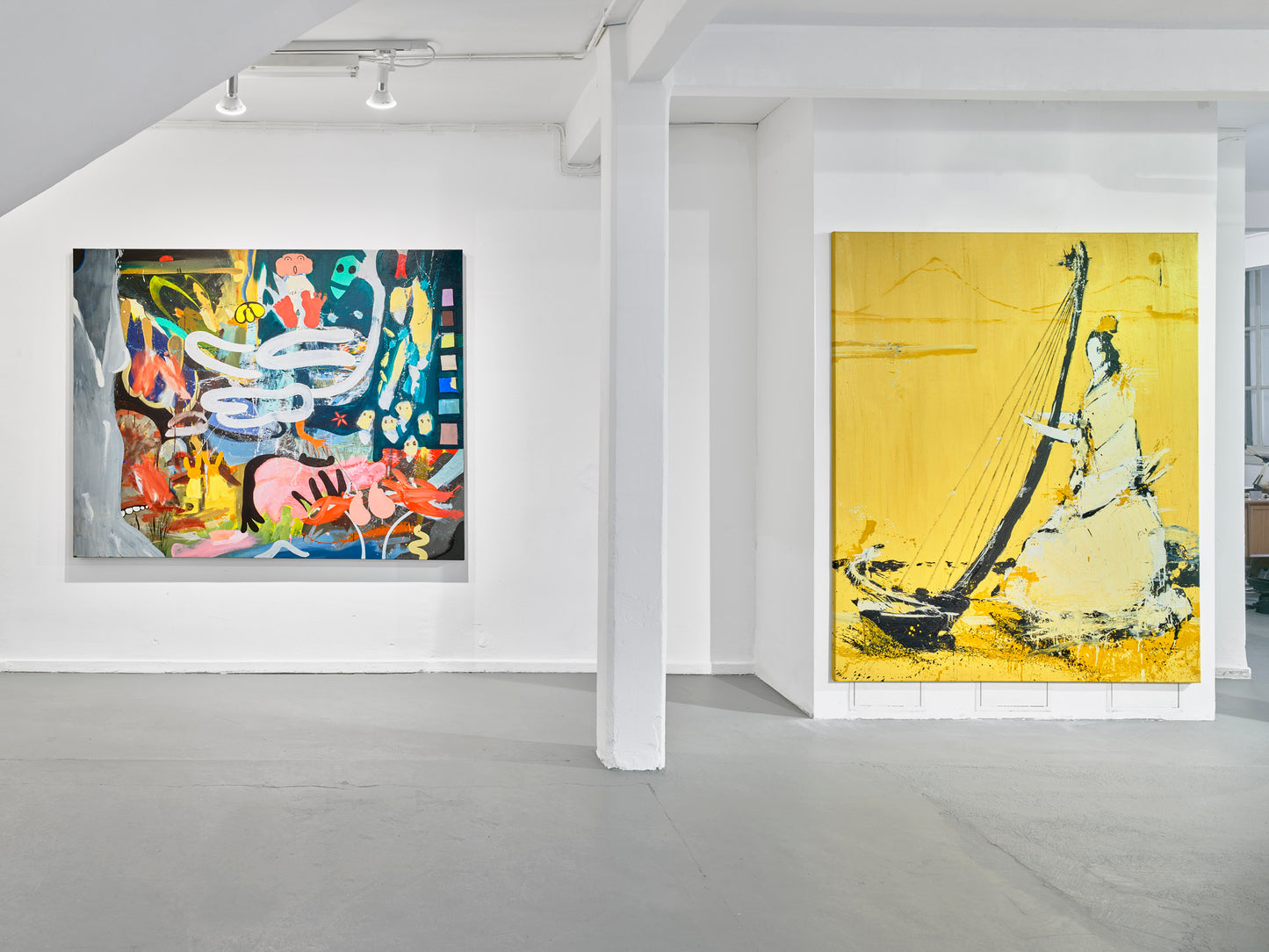
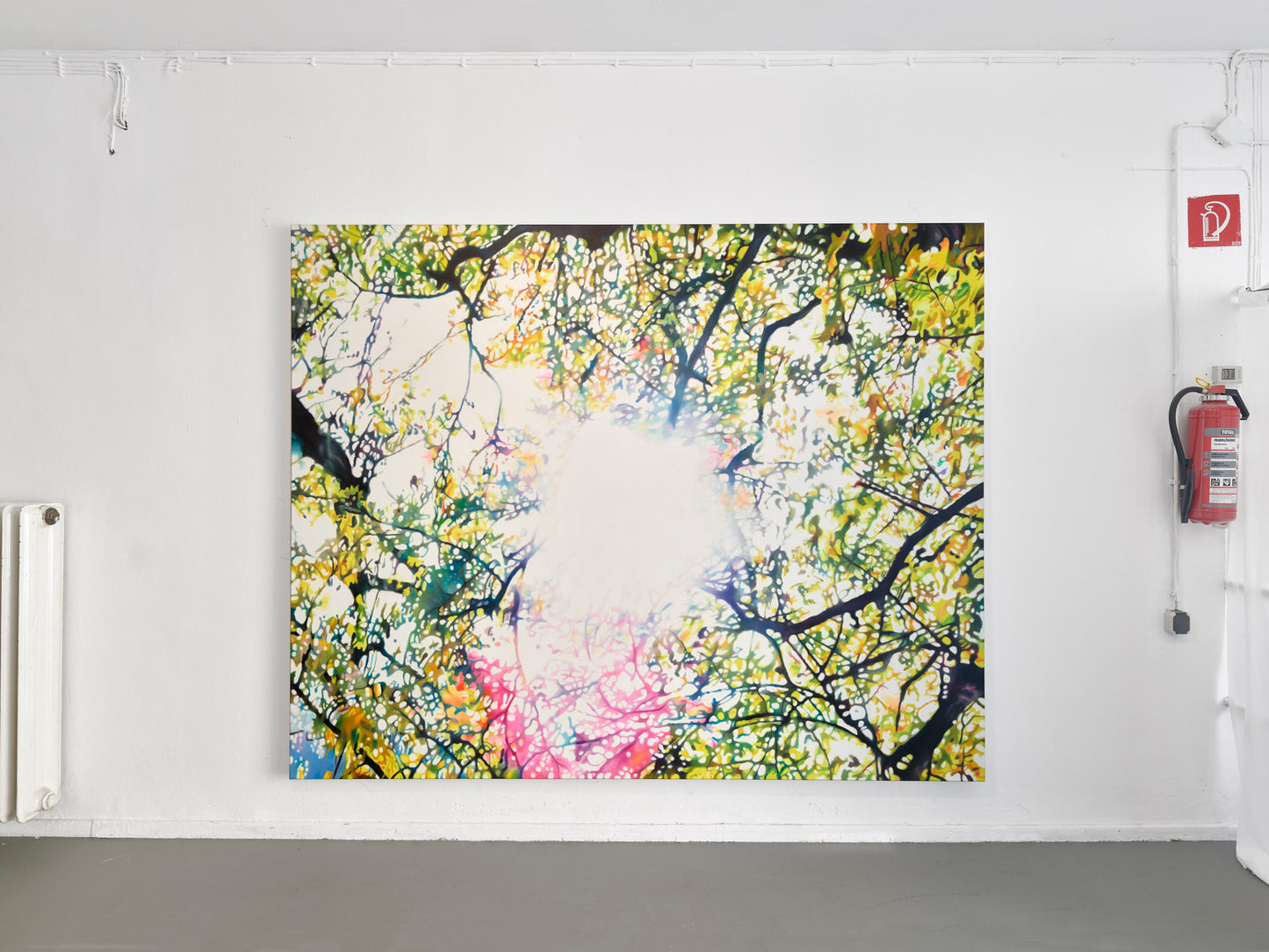
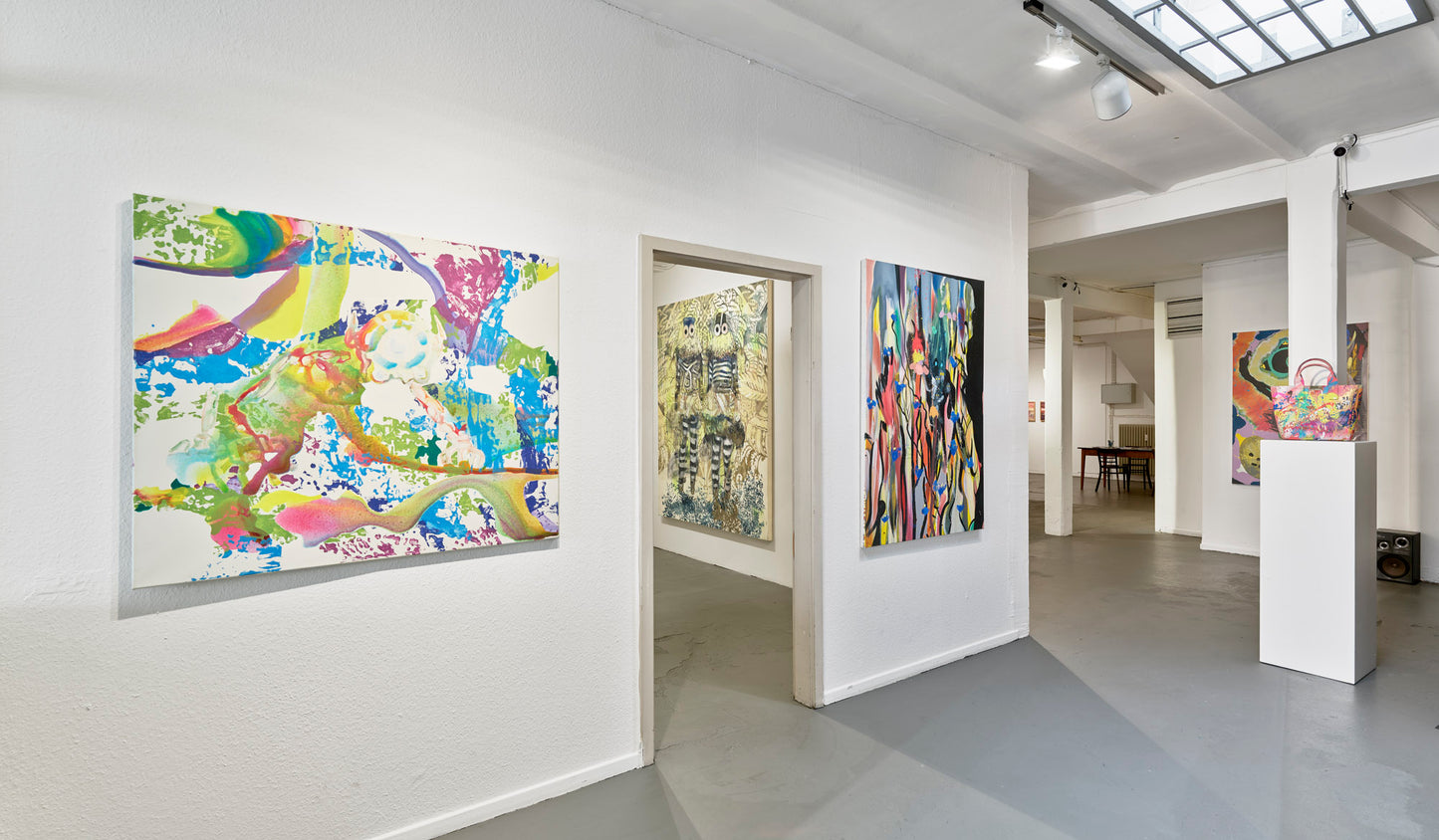
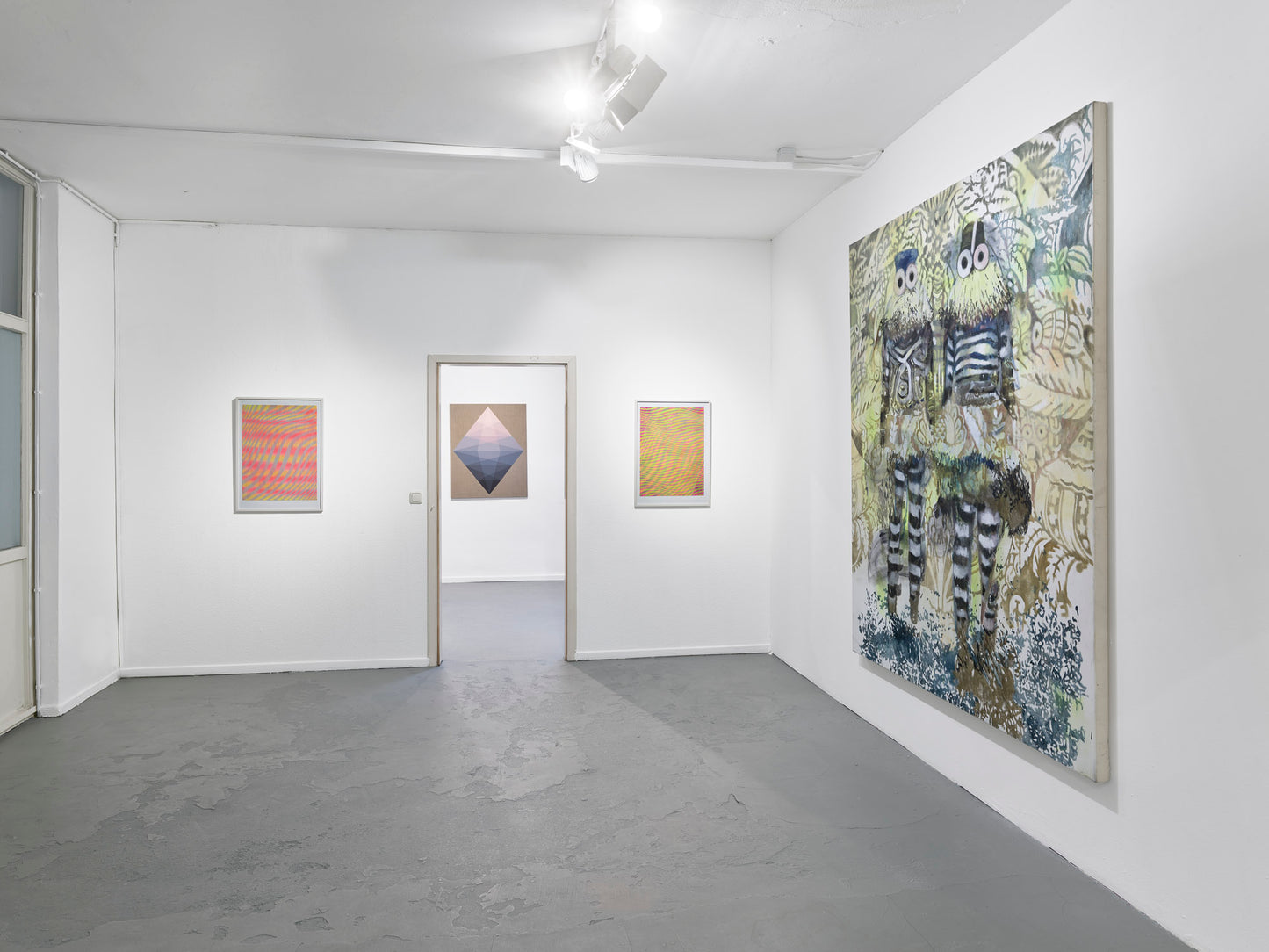
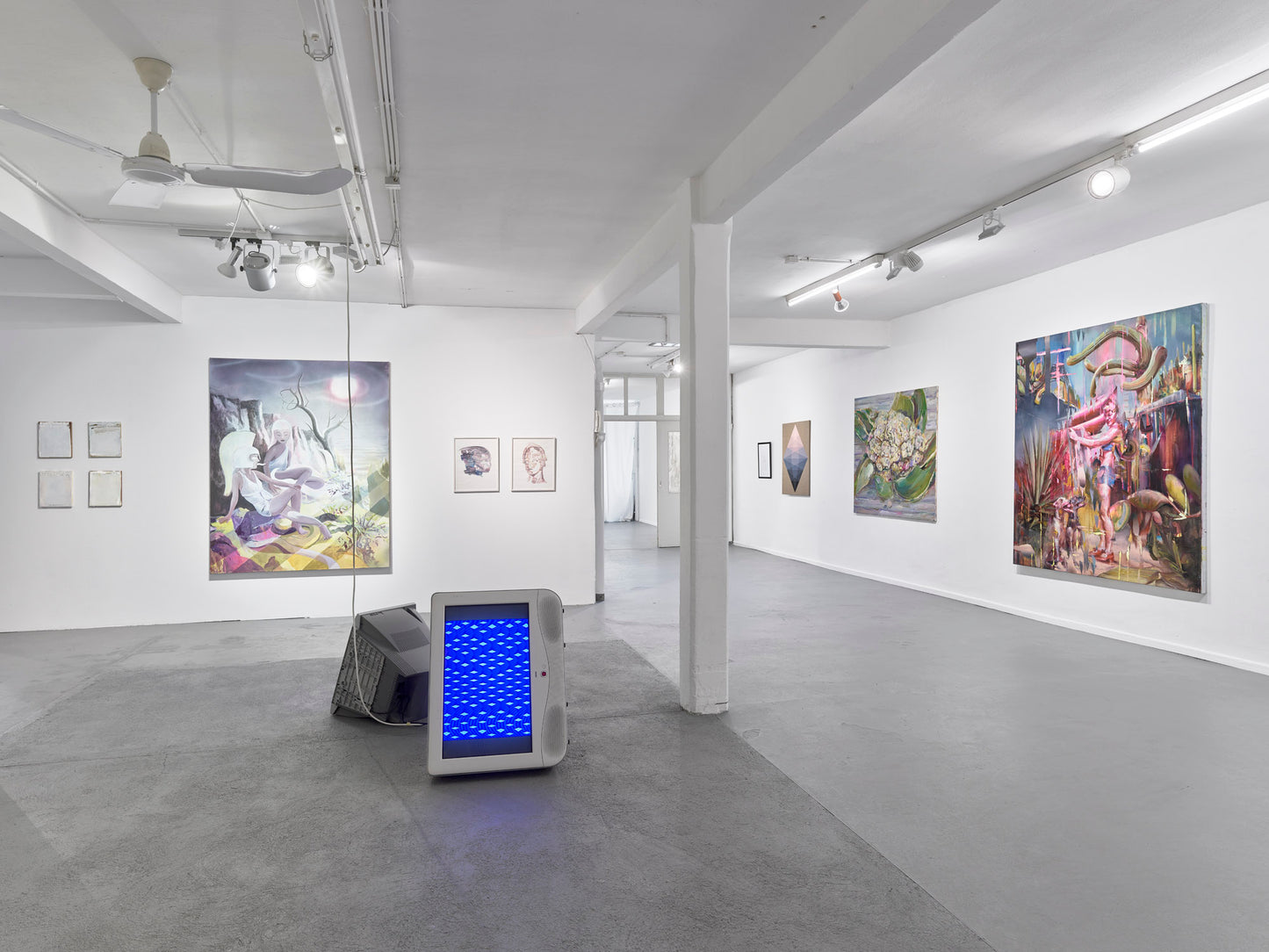
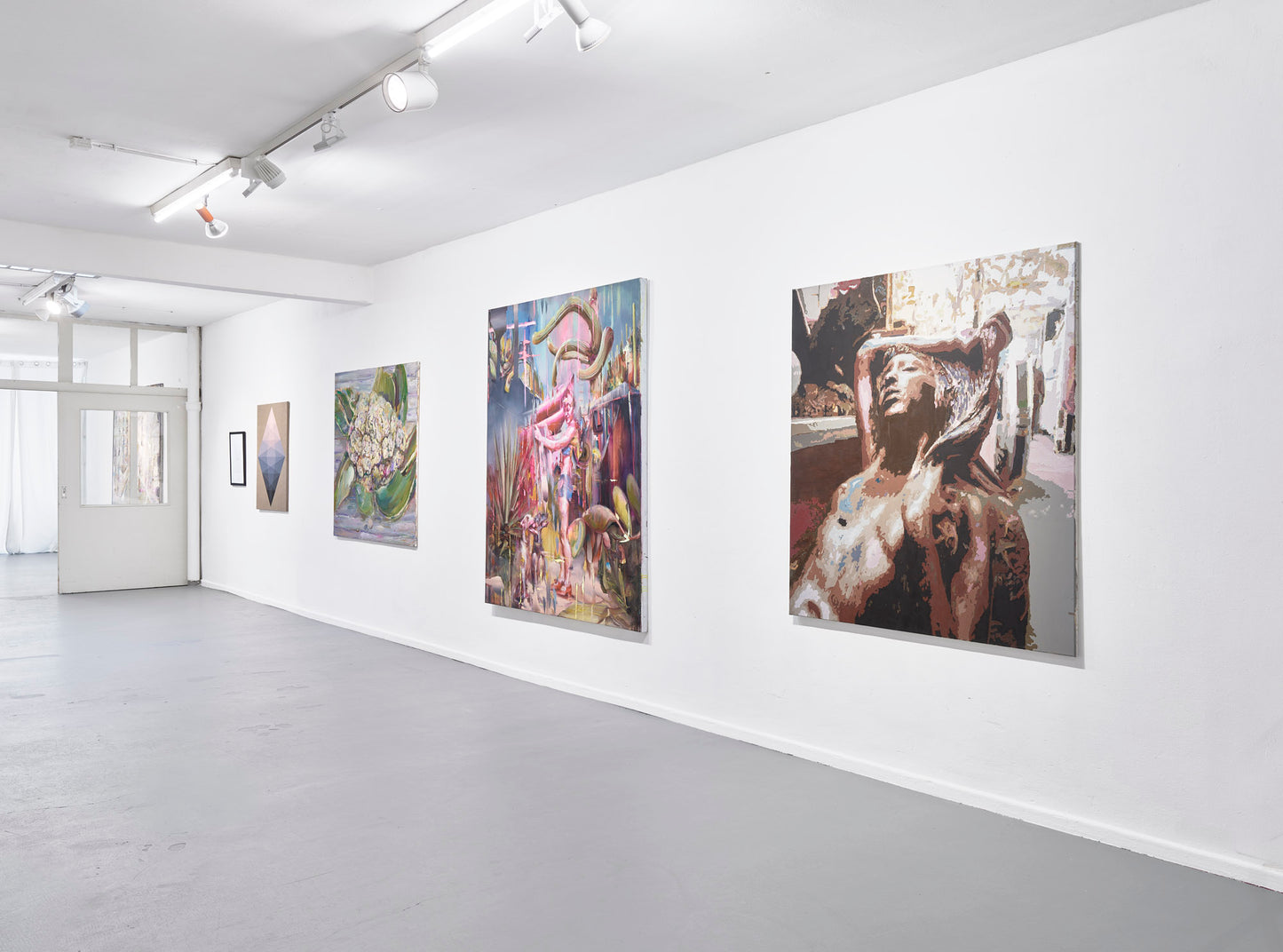
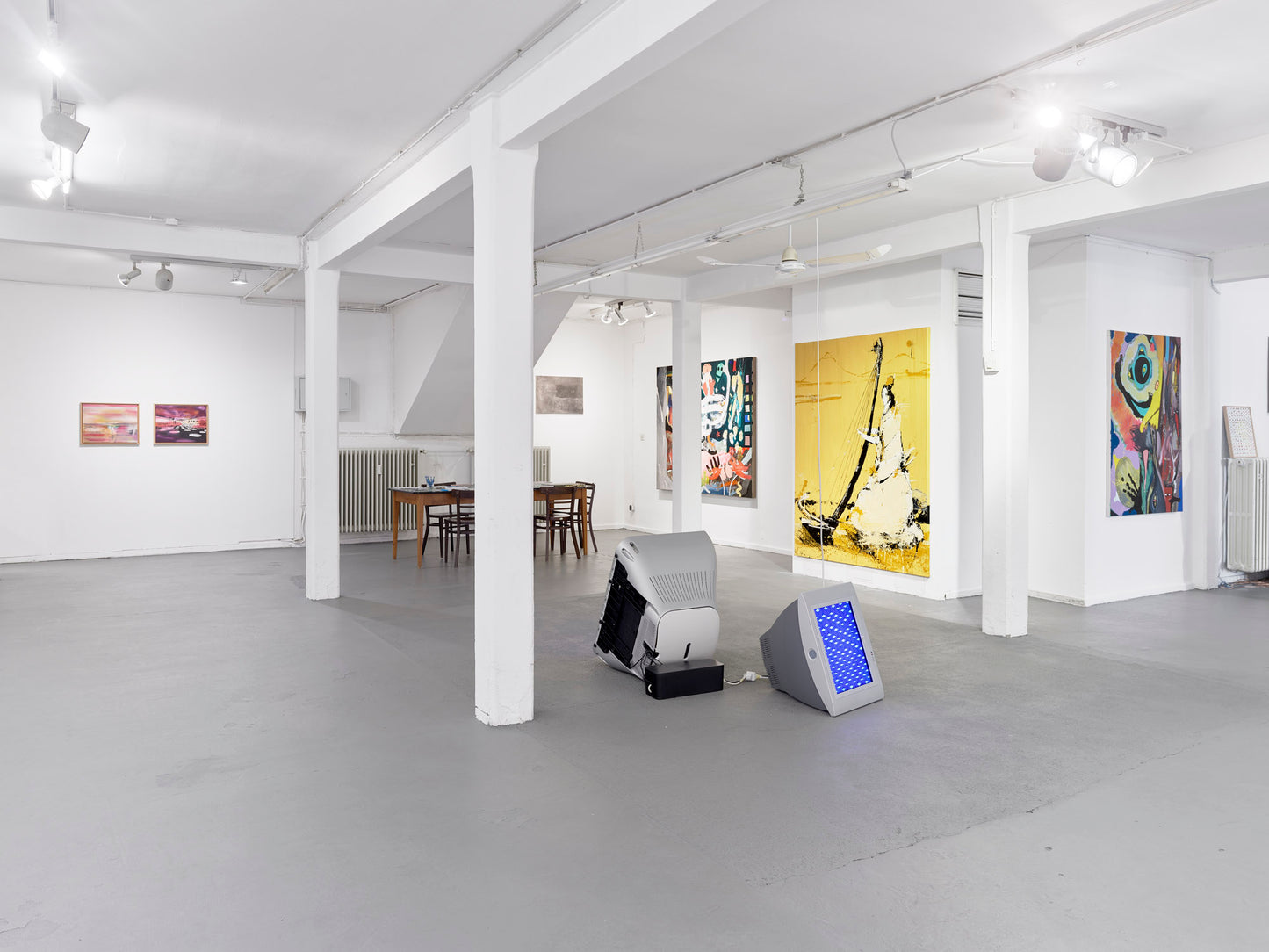


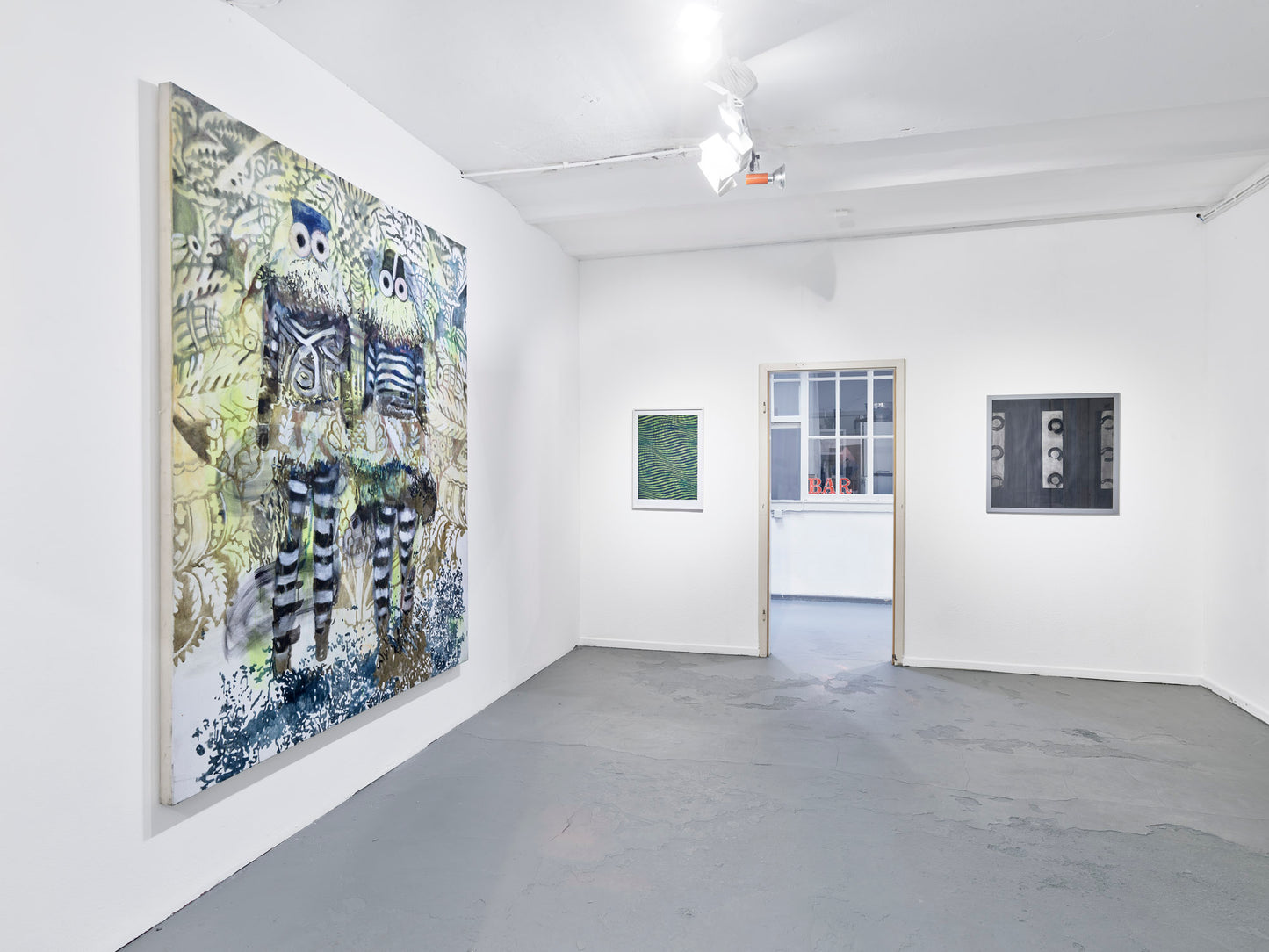
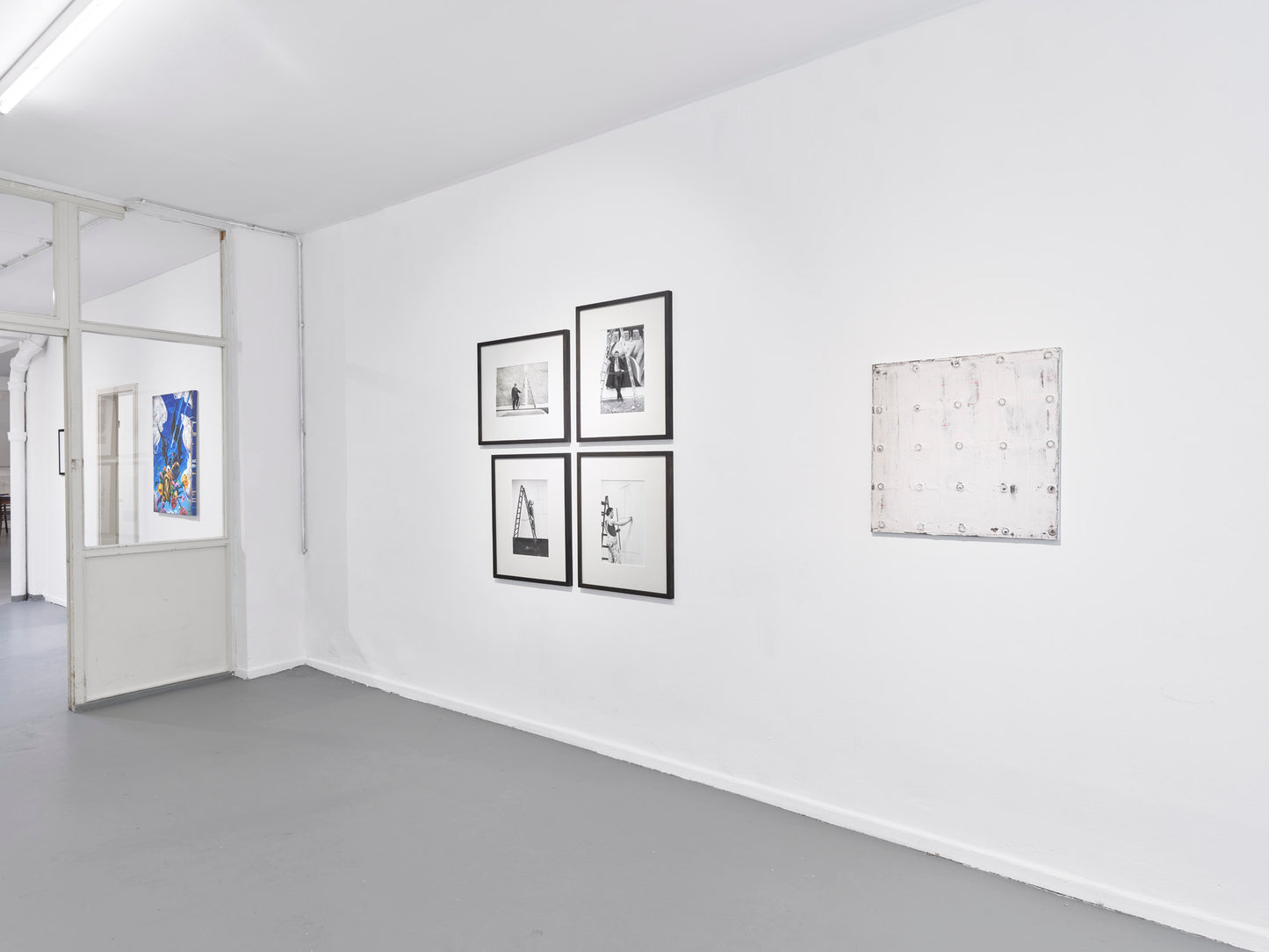
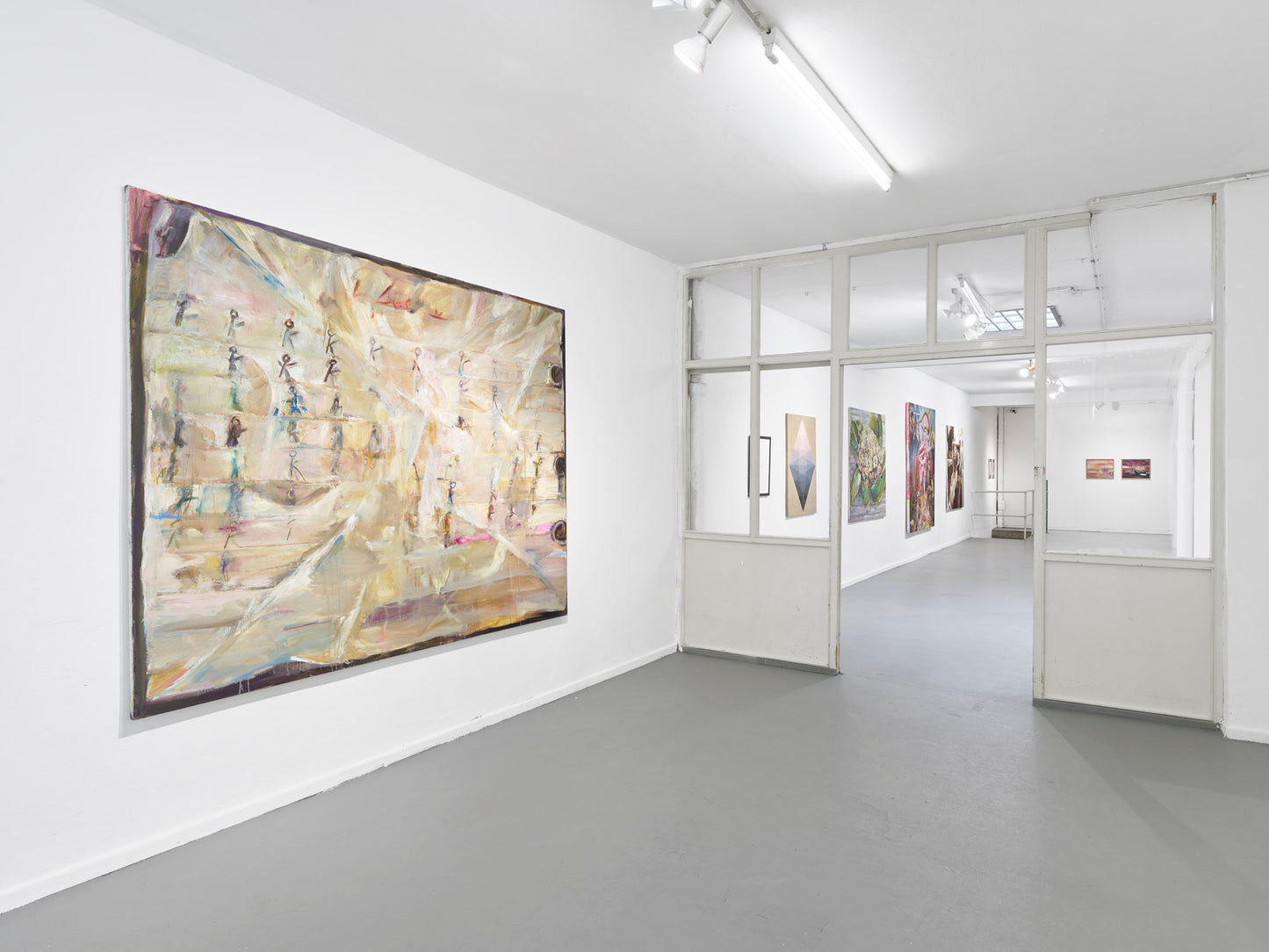
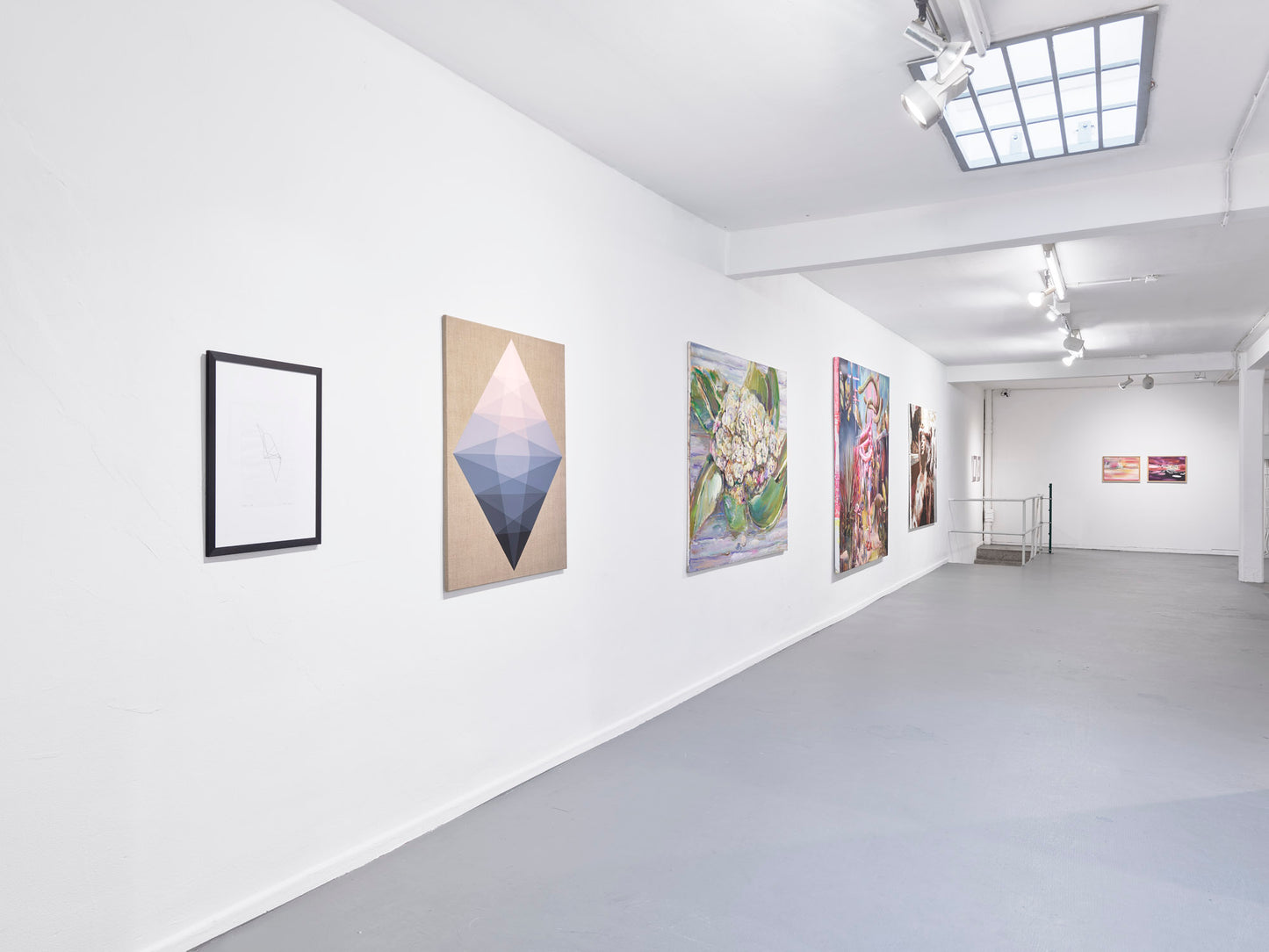
Exhibitions Catalogues
-
Catalogue ›Colours of Utopia‹ Girmachew Getnet | Lachenmann Art
Regular price €15,00Regular priceUnit price perCatalogue ›RE-DISCOVER‹ Veit von Seckendorff | Lachenmann Art
Regular price €15,00Regular priceUnit price perCatalogue ›Interferences‹ | Sandra Schlipkoeter
Regular price €40,00Regular priceUnit price perCatalogue ›Teoksia‹ Jukka Rusanen | Lachenmann Art
Regular price €25,00Regular priceUnit price perCatalogue ›Alpirismus‹ Katrin Kampmann | Lachenmann Art
Regular price €15,00Regular priceUnit price perCatalogue ›NACHWELT‹ Franziska Klotz, Agnes Lammert, Jirka Pfahl, Ronny Szillo | Lachenmann Art
Regular price €15,00Regular priceUnit price perCatalogue ›Speculations / Simulations‹ Genti Korini | Lachenmann Art
Regular price €15,00Regular priceUnit price perCatalogue ›Art in Crisis‹ group exhibition | Lachenmann Art
Regular price €15,00Regular priceUnit price perCatalogue ›Class AR Penck‹ | Kettler Verlag
Regular price €38,00Regular priceUnit price perCatalog ›Salon Hansa: InterINTIMES_AutoPORTRAIT‹ | Lachenmann Art
Regular price €15,00Regular priceUnit price perCatalogue ›Total Museum‹ Lars Teichmann | Lachenmann Art
Regular price €24,00Regular priceUnit price perCatalogue ›Love and Death‹ Deniz Alt | Lachenmann Art
Regular price €15,00Regular priceUnit price perDo you have any questions? Write to us!
- Choosing a selection results in a full page refresh.
- Opens in a new window.













